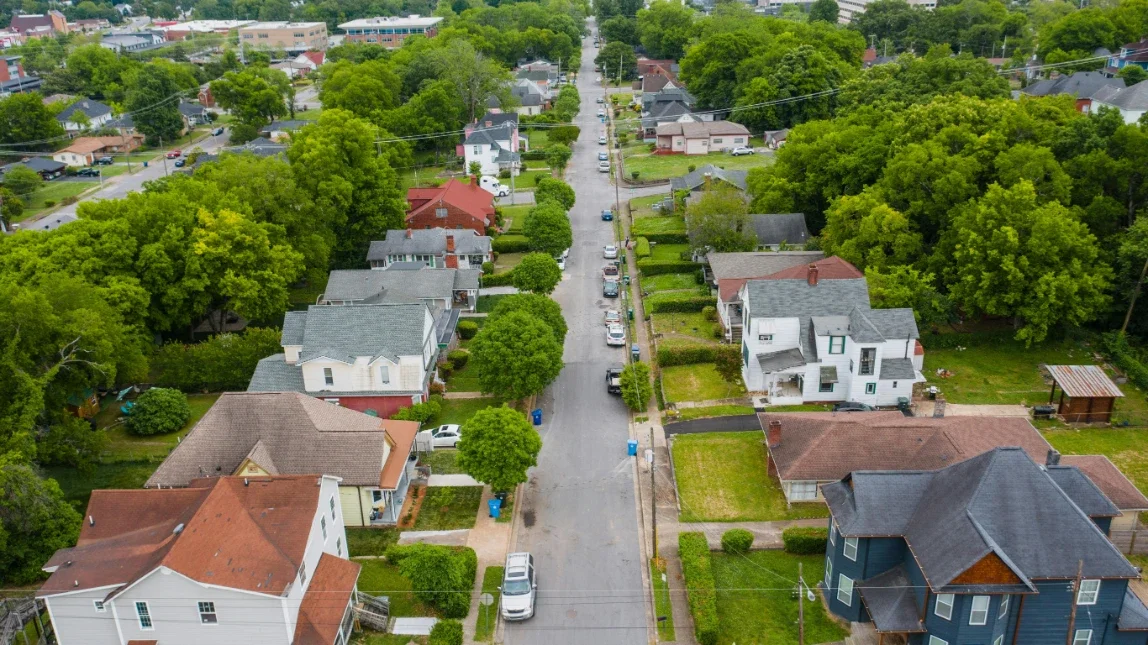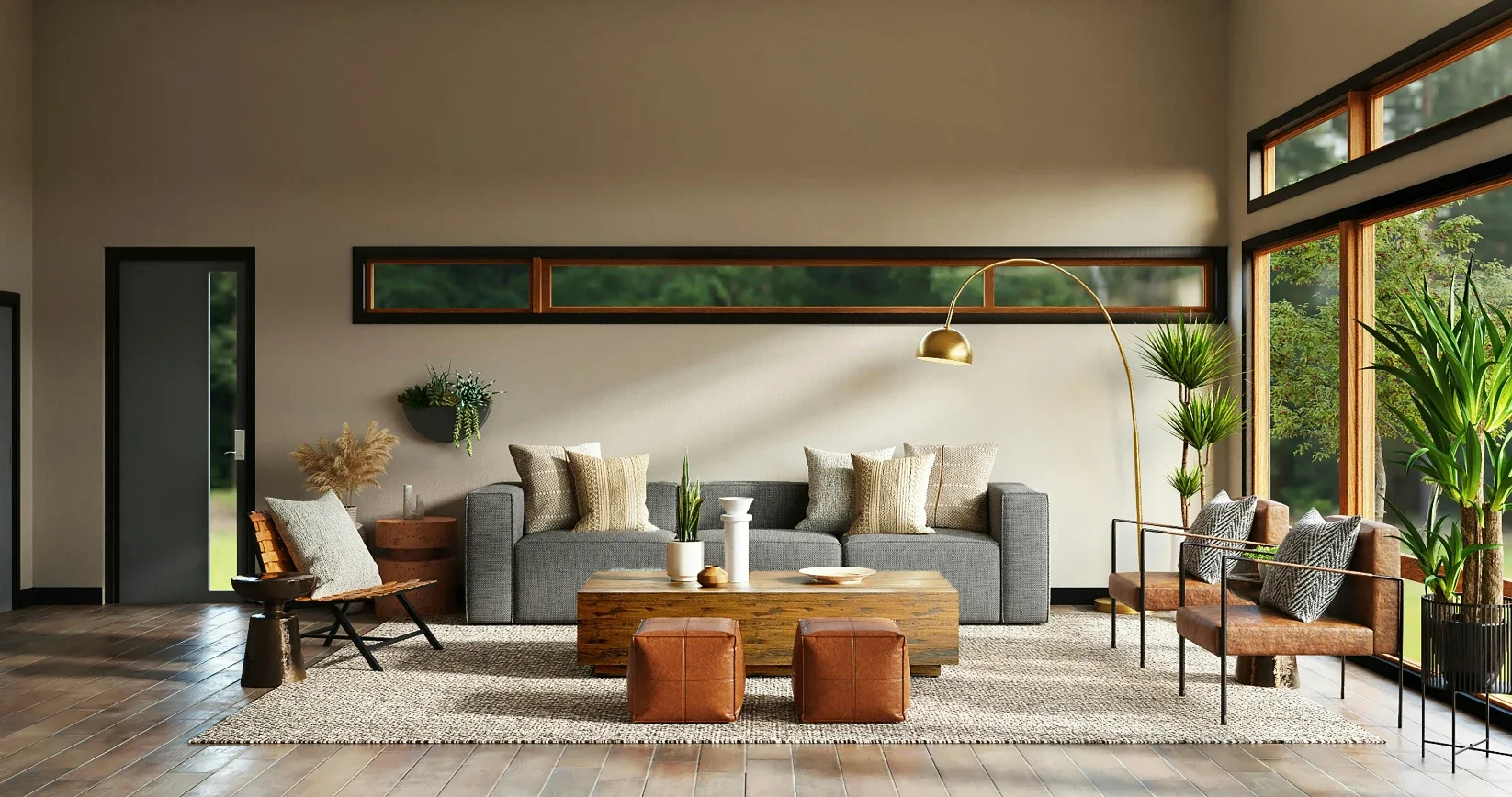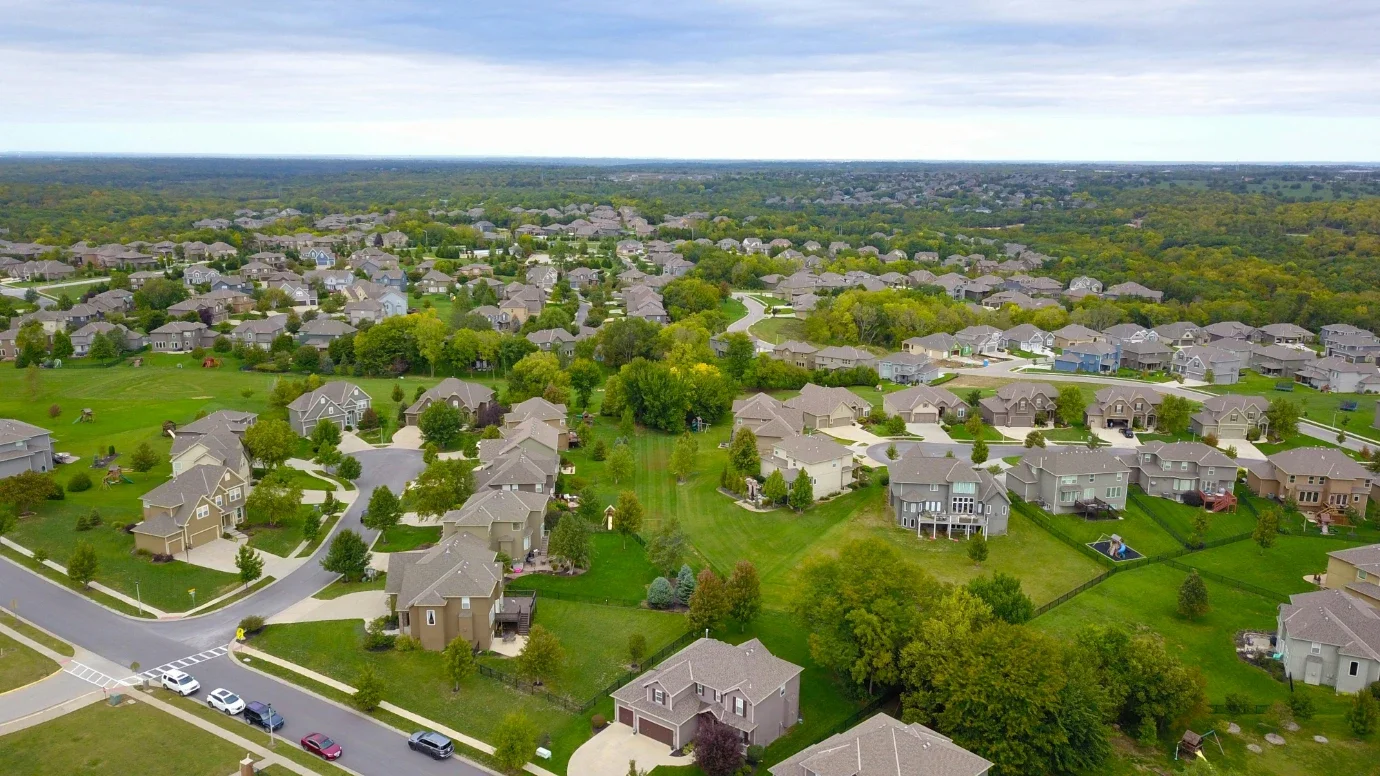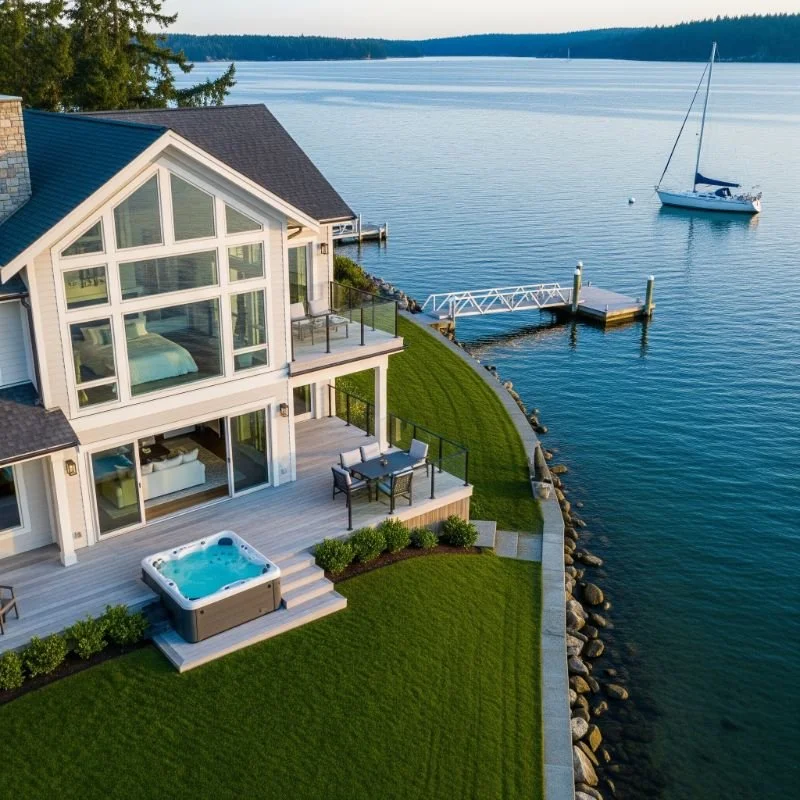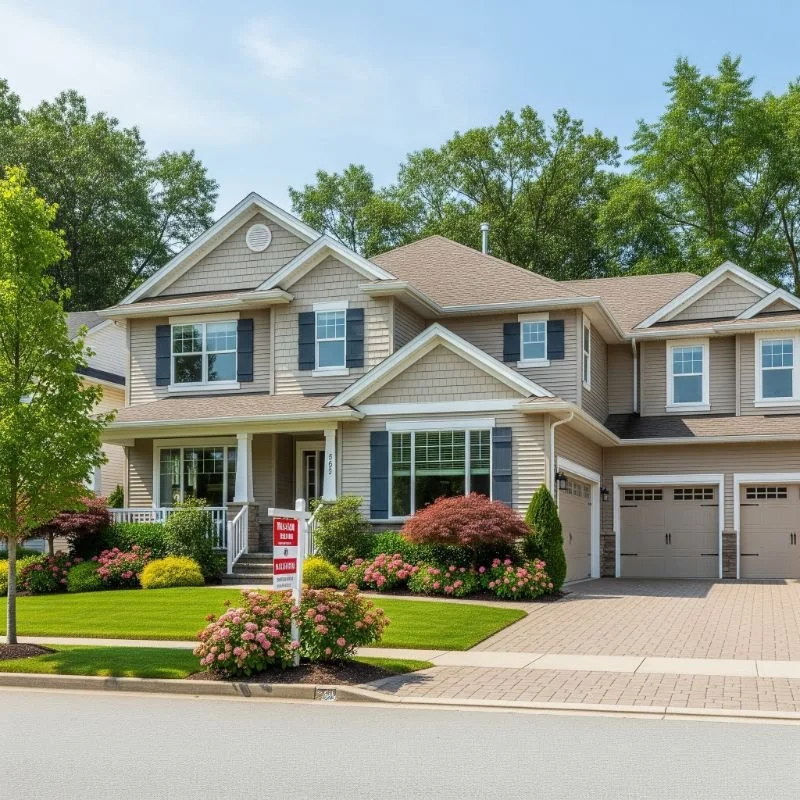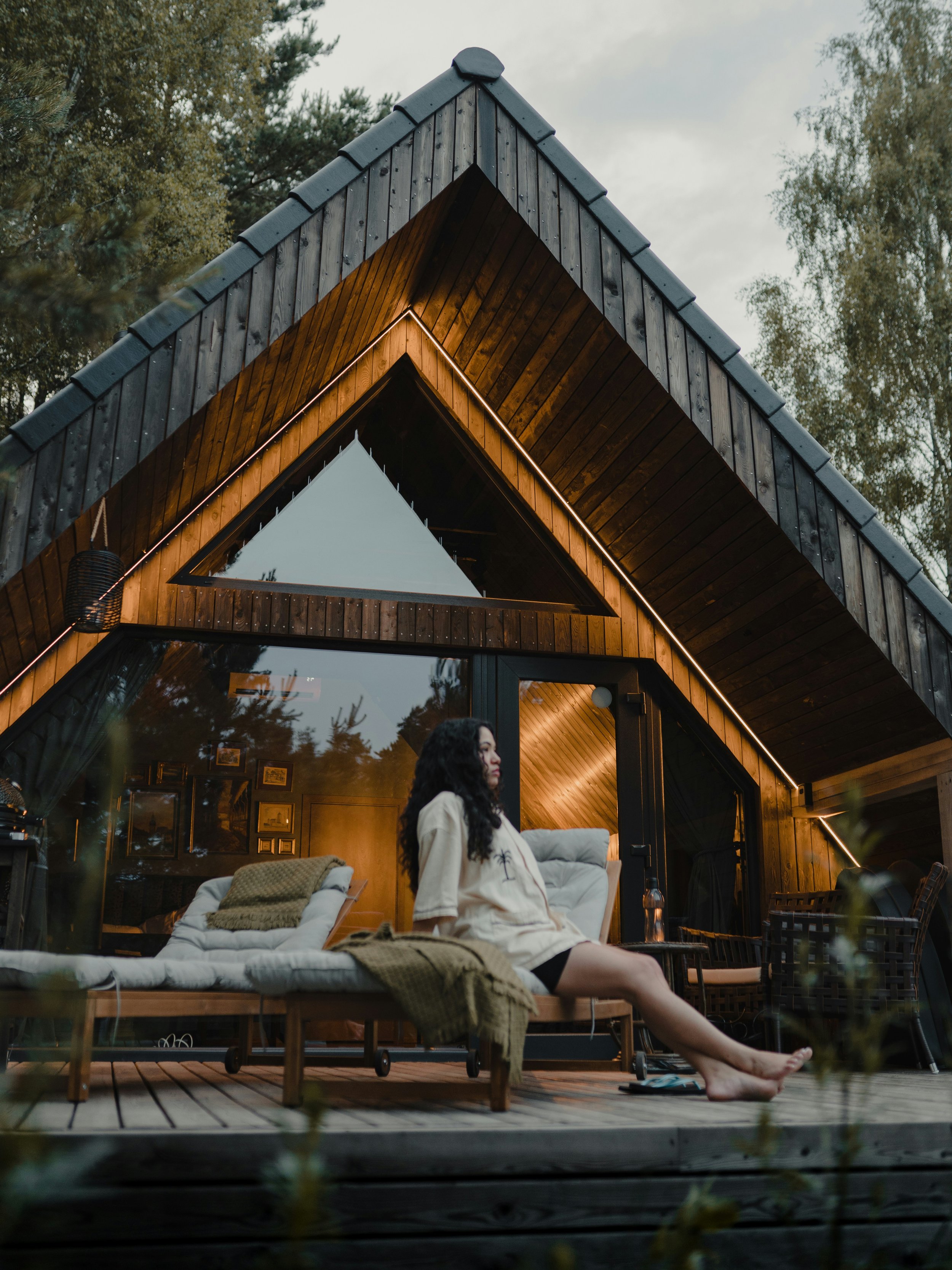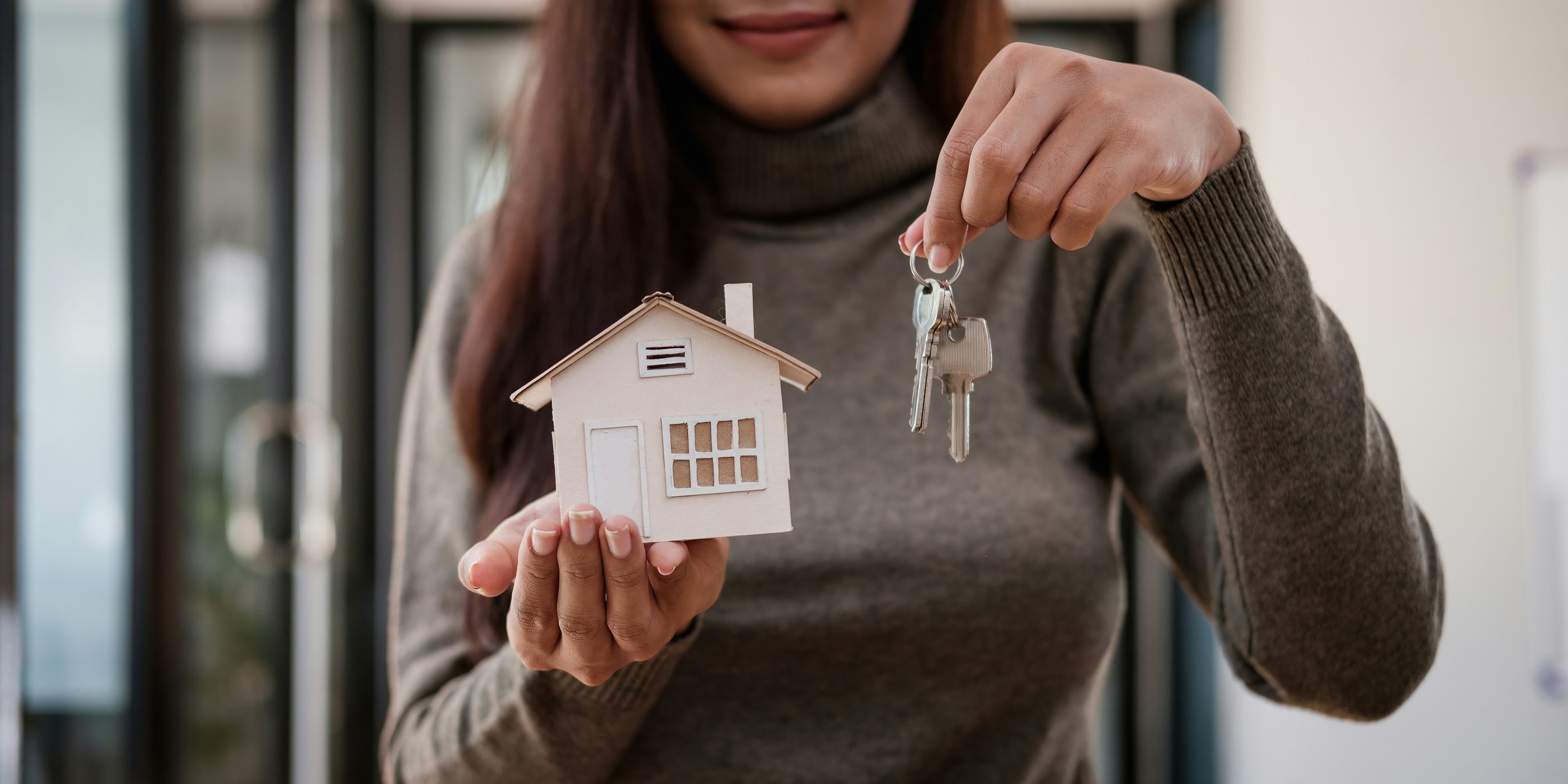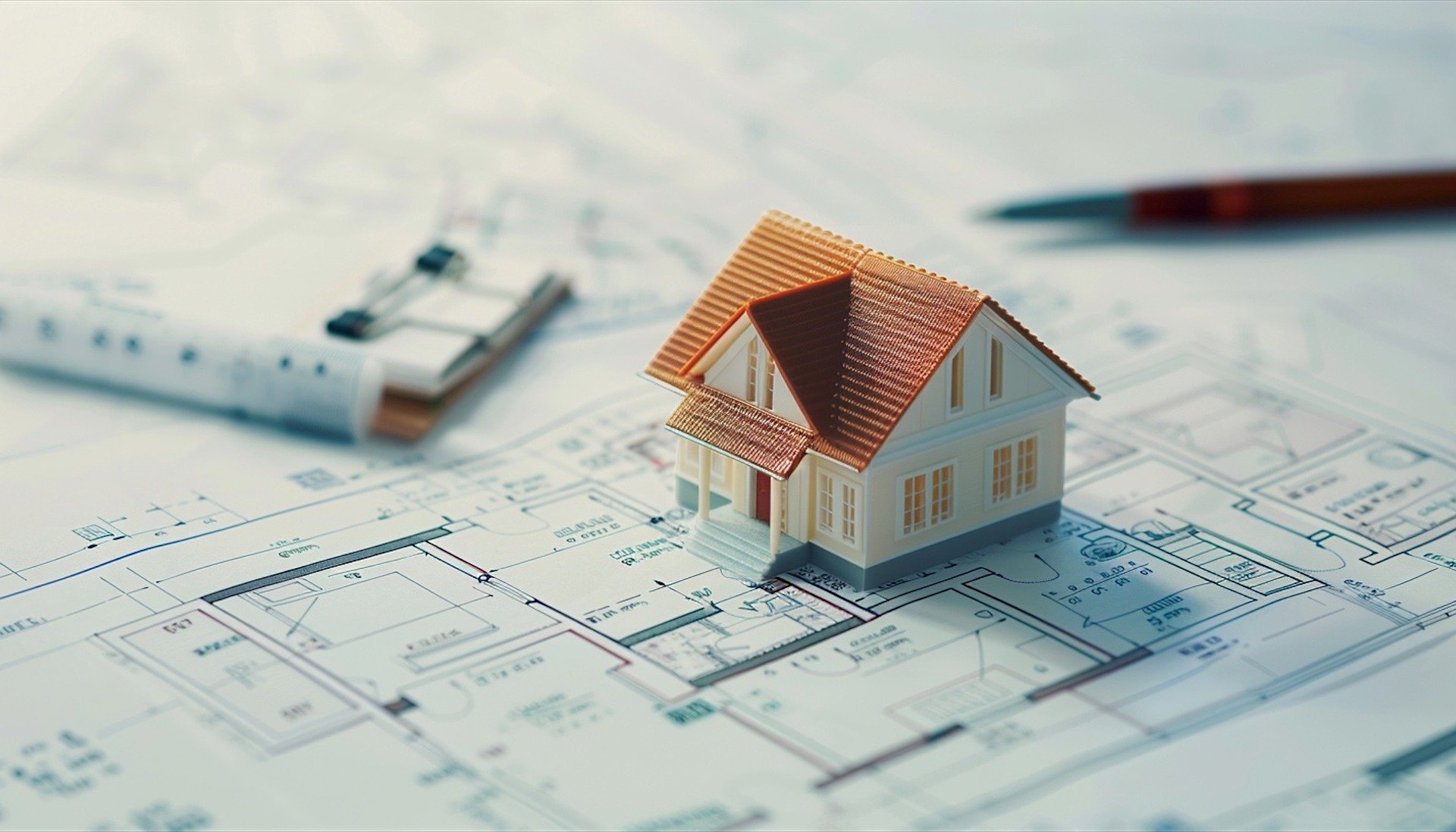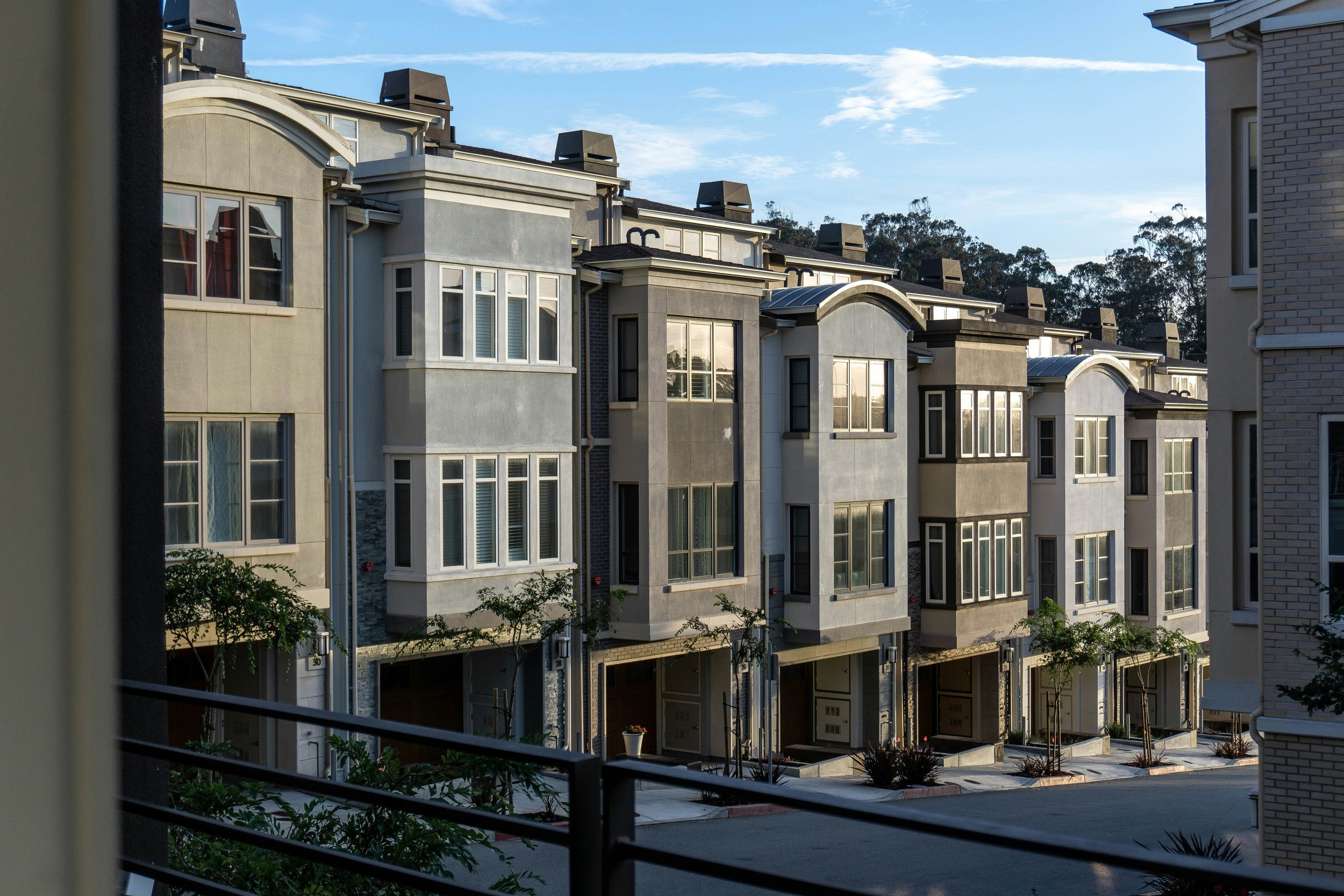How to Choose the Best Home and Land Package in Queensland
Learn how to choose the best home and land package in Queensland with tips on location, budget, design, and long-term investment benefits.
Building a new home can often feel like a balancing act: You're trying to find the perfect block of land while at the same time hunting down a floor plan that fits your life and budget.
If you're considering a home and land package in Queensland, then you are already on the right track to simplifying that chaos. By wrapping both the block and the build into one smooth, streamlined process, you will lock in clearer pricing and avoid "admin fatigue" from managing two separate contracts from scratch.
This guide will walk you through the practical steps involved in choosing the right package-from deciphering the fine print on what is included to understanding site costs and approvals. Let's get you into a home that works for you, minus the stress.
Why Home and Land Packages Are Popular in Queensland
There is a reason you’re seeing new estates popping up from Logan to the Sunshine Coast. In a market where established home prices are volatile, building new offers a level of certainty that many buyers crave.
Recent data highlights just how high the demand is. According to the UDIA State of the Land 2025 report, land sales in South East Queensland surged by roughly 58% in 2024 as buyers rushed to secure spots in growth corridors.
Why? Because a package deal removes a huge layer of complexity. Instead of finding a vacant lot and then hoping a builder can work with its slope or soil type, a package matches the design to the terrain upfront.
While a knockdown-rebuild or a major renovation has its perks (usually keeping your current postcode), they often come with unknown demolition costs and council headaches. The "fresh start" appeal of a master-planned community where parks, schools, and shops are built alongside your home is hard to beat for many.
Step 1: Clarify Your Budget and Total Cost Expectations
Before you fall in love with that display home kitchen, you have to get real about the numbers. That advertised price you see on a billboard is rarely the final figure you'll pay.
Understand the difference: land price vs. build price vs. extras
Most packages have a base price for the land and a standard design of the house. In addition, though, you need to budget for the "unseen" costs that turn a house into a livable home. These usually include:
Site costs: Earthworks, retaining walls, and slab upgrades (crucial for sloping blocks).
Council Fees & Approvals: Certification and connection fees.
Landscaping: The base price does not usually include driveways, fencing, or turf.
Various industry estimates for 2025 in Queensland range from $1,600 to $3,200 per square meter, depending on the quality of the finish. Always add in 5-10% contingency money in case of surprise findings on your site.
How to compare quotes: what to ask builders
One builder may look $20,000 cheaper but has left out the driveway and flooring. When you are looking to compare house and land packages, ask for a detailed "Inclusions List."
Check these items specifically:
Are site costs fixed or variable? (Fixed is safer).
What is the ceiling height? (Standard is usually 2400mm; higher feels more luxurious).
Is air-conditioning included?
What are the stone benchtop allowances?
By comparing line items rather than just bottom-line totals, you ensure you aren't hit with variation fees later.
Step 2: Choose the Right Lot and Orientation
You can change a splashback, but you can’t move your block of land. The physical characteristics of your lot will dictate how your home feels and functions for decades.
Lot size, frontage and future resale
The size of your block will dictate what you can build. In most new Queensland estates, the median lot size has hovered between 400-450sqm.
A wider frontage, often above 12.5m, will house a double garage and a wider hallway, adding real resale appeal. Skinny designs, often a compromise on either natural light or side access, are common on narrow lots.
Orientation and living performance
Don't just look at the view; look at the compass. You want your main living areas and alfresco zones in Queensland facing North or North-East to capture the cooling breezes in summer while letting in warm winter sun.
Beware of West-facing backyards unless there is significant shading planned; afternoon sun can turn a living room into a sauna. Also, check where the driveway crossover is placed. You don't want it eating into your only usable yard space.
Step 3: Compare Floorplans, Inclusions & Long-Term Value
Once the land is sorted, the fun part, of course, is the house itself. Yet, try to look past the styling in the brochure and focus on "liveability".
Must-have vs. nice-to-have inclusions
It's easy to get distracted by fancy tapware, but structural inclusions add the most value. Prioritize these "must-haves:
Energy efficiency: Good insulation and glazing will save you money on electricity bills forever.
Storage: Walk-in linens and butler’s pantries are gold for families.
Zoning: Can you close off the kids' retreat from the main lounge?
Things like pendant lights or upgraded carpet can easily be added later. Focus your budget on the things that are expensive or impossible to change after the build is done.
Design that improves resale and liveability
Think about who would be purchasing this house in 10 years. The flexibility of the floor plan will appeal to the widest market. For instance, a ground floor study that has the ability to double as a guest bedroom (with access to a full bathroom) is a major selling point for multi-generational families. An open-plan kitchen that flows directly to the alfresco area is almost a necessity of the Queensland lifestyle.
Step 4: Contracts, Approvals & Timeline Expectations
The paperwork can be pretty dry, too, but it's very important. You'll frequently sign not one but two contracts: one for the land, usually with the developer, and one for the build with the builder.
Check the preliminary site assessment before signing. That'll confirm whether your block requires extra piering or acoustic treatment. That's quite common around major roads. Regarding timeline, Queensland approvals take anywhere between a few weeks to a few months depending on the particular council and developer covenants.
If you are borrowing to build, your lender is going to want to see the fixed-price building contract before they part with funds for construction. Be prepared to make "progress payments" where you pay the builder in stages - often slab, frame, lock-up rather than a single lump sum payment.
Quick Comparison: Package vs. Reno vs. Knockdown-Rebuild
Stuck on which path to take? Here is a quick weigh-in.
Final Checklist & Next Steps
Ready to take the plunge? Give yourself a minute to go over the basics so you don't get any surprises.
Start by ensuring your finance is strictly preapproved and your total budget accounts for the "invisible" costs like site reports and specific soil classifications, not just the glossy base price. Double check that your fixed inclusions actually cover the things you need-most notably the driveway and landscaping-and negotiate a realistic construction timeline, rather than a best-case scenario.
Finally, it is very important that all warranty and contract terms are reviewed by a legal professional. Bring these questions with you to the next meeting with a builder or lender; getting the hard questions out of the way now is the best way to ensure a smooth build later.


